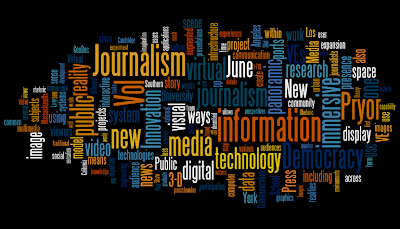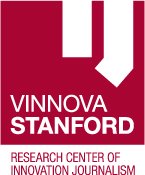Innovation Journalism Vol.6 No.7
By Noam Lemelshtrich Latar and David Nordfors
Link:
http://www.innovationjournalism.org/archive/INJO-6-7.pdf
Artificial Intelligence (AI) algorithms are changing professional journalism and related academic research dramatically. AI is penetrating journalism’s pillars: content (through automatic content analysis in all formats), and advertising (by scientific measurement of real consumer attention and targeting ads per user personality). Both content and advertising will change significantly.
The interactive nature of the new media will permit, for the first time, accurate measurement of the real attention consumers of media give to journalistic content, employing scientific methods. Advertisers will demand full validation of consumer ratings. Existing measuring methods will vanish. Advertisers ROI (Return On Investment) will determine the fate of advertising funded journalism companies across all media formats.
New ways to measure consumer attention and behavior, such as ‘engagement’ and ‘behavioral targeting,’ are becoming the new buzzwords describing deeper consumer involvement with content across multiple personal dimensions. New AI algorithms are being created that will allow automatically deciphering and tagging content to enable search engines to seek new, practical knowledge. Video, audio, images and texts are being converted to mathematical formulations that lend themselves to automatic ‘knowledge discovery analysis’ without human intervention.
AI engines will be used by media companies to search customers for content interests, automatically. Dependence on gaining measurable consumer attention can be expected to induce journalists in all media platforms to adjust content to maximize consumer attention and advertising dollars. New business models will be needed to reduce the intrinsic risk to journalistic freedom that the new methods will induce.
In this paper we shall describe the global efforts in devising universal standards for the management of digital identities and how artificial intelligence will be used to automatically annotate journalistic content. We shall describe the new concepts being used to increase consumer real attention to media content and describe the architecture of an AI engine that will target content according to consumer personalities. The consequences of these developments will be discussed.










